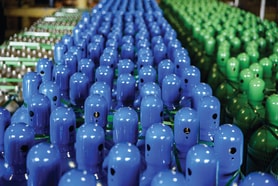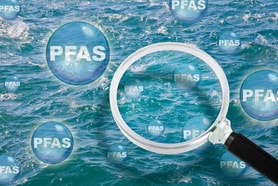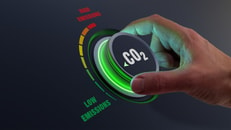Carbon Collect targets lower cost direct air capture with latest technology
Direct air capture (DAC) company Carbon Collect has announced the development of its second-generation MechanicalTree, a system that is designed to capture carbon dioxide (CO2) directly from the atmosphere.
According to Carbon Collect, its technology mimics the natural process of photosynthesis, where trees absorb CO2 from the air, but in a manner that uses engineered materials and processes.
The company states that these processes build upon the system’s original design by capturing more CO2 per unit of energy due to advancements in sorbent materials and regeneration technology.
... to continue reading you must be subscribed
























